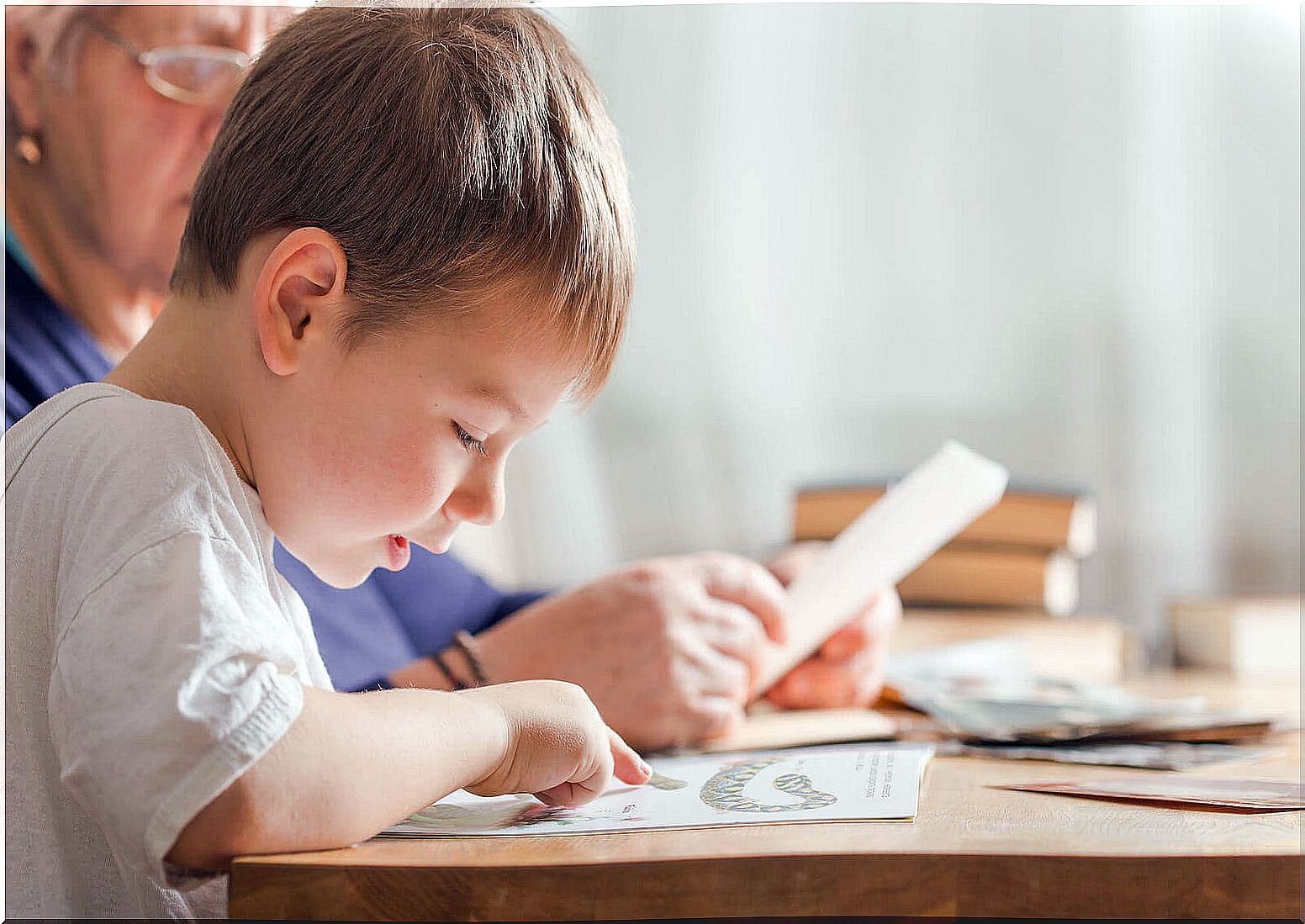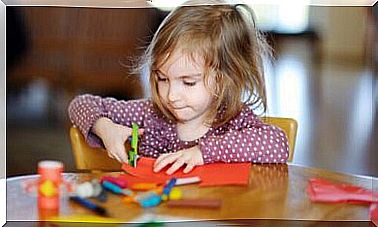6 Methods To Teach A Child To Read And Write

There are two main ways to teach a child to read and write. These are synthetic and analytical methods. In the third method, the two methods are mixed. By knowing the different methods, the teacher is able to choose which method is best for his or her students.
6 methods to teach your child to read and write
1. Synthetic method
This method starts with the smallest units, progressing to more complex entities. The child first learns the alphabet and letters, and it he learns to form syllables from them. After combining the syllables, the child learns to form words and eventually sentences. Learning begins with abstract things and ends with the achievement of concrete things.
In this approach, the child learns to read and write simultaneously. This is the most traditional and oldest way of teaching a child. This method is criticized for promoting a child’s memory rather than comprehension.
2. Alphabetical or spelling method
With this method, the child learns the alphabet by heart and in the correct order. After the child has learned the names of the letters, the child begins to learn the syllables by meeting. Finally, the child learns to form words from syllables and sentences from words. The disadvantage of this method is that the child does not learn the sounds of the letters, only their names. In this case, the child does not learn to understand what he or she is reading properly.
3. Phonetic method
This differs from the previous method in that the child does not learn letters by name. Instead, the child learns the letters from their sound, i.e., the child learns the grapheme-phonemic correspondence of the letter. Normally, a child learns first vowels and then consonants. After learning the sounds of the letters, the child combines them into syllables, which, repeated several times, form an association of letters and syllables in the child’s mind. Teachers use a variety of pictures and cards to support learning as they help the child remember better. With this method, the child learns to read and write simultaneously.
4. Syllabic method
The syllabic method starts with syllables before learning how to form words. The child learns each consonant by combining it with five vowels. First we learn straight syllables (ma, me, mi, mo, mu), then inverse syllables (am, em, im…) and finally mixed syllables (pan, pen, pin…) and combined syllables (pra, pre, pri…) . Once the child has learned these syllables, the child learns to combine them to form words and sentences. To support these, more pictures are presented to the child.

5. Analytical or global method
In an analytical or global method, one begins by learning from larger entities and arrives at smaller and more abstract units. In other words, we start by learning relevant sentences and words in order to learn syllables and letters. The global method is based on the child first perceiving the general nature of things and then only their details. For this reason, many three-year-olds are already able to identify, for example, some signs and their names, as well as the names of animals. The child knows what they are and what they mean because the child comes across these words regularly.
This method of teaching reading and writing is more dynamic and motivating than the analytical method. However, the child should also remember things, just as in the previous methods. However, the difference lies in the fact that because words and sentences are relevant to the child, it contributes to a better understanding of the text. And this is, of course, much more motivating for the child.
This process is divided into different stages:
- Understanding. The process begins with words and corresponding images. Each day, the child receives instructional material showing the written word and the corresponding picture. In this way, the child learns to combine the meaning of a word and a word, even if he or she does not know the names of the letters or sounds that make up the word. One way to teach a child to read and write is to name different objects in the classroom (table, chair, blackboard, window…) or hang posters on the wall about the days of the week, the seasons, and the weather. The child learns to read these words because he sees them on a daily basis.
- Imitation. When a child knows more than one word, the child works on his or her graphomotor skills by imitating and dictating words he or she already recognizes.
- Machining. This stage of the process involves reinforcing what has already been learned in previous stages. The child also begins to work on the sounds of the syllables he knows as well as the letters contained in the words. In this way, the child learns to form new words from syllable combinations of other words.
- Production. The child reinforces everything he has learned. The child also begins to put what they have learned into practice by creating sentences and short stories. At this point, the child begins to work on a new vocabulary as well as an understanding of what they have read.
6. Selective or mixed methods
Mixed methods refer to the combination of the best aspects of synthetic and analytical methods. The teacher selects the most interesting objects and creates his own method based on them. The method is based on a holistic understanding of the text. First, the child learns short texts and familiar words, which motivates him from the beginning. At the same time, he learns to pronounce words and sounds as well as vowels and consonants. The mixed method focuses on word recognition, comprehension, and grapheme-phonem equivalence.








